perennials
Please login or become a member to start adding favourite plants & articles to your profile.
choosing perennials
QUICK TIPS:
1. Don't be caught out by a plant's life cycle
2. Use perennials for an impact that's slower but longer than annuals
3. Use evergreen perennials for year-round structure
4. Use herbaceous plants for seasonal variety
5. Divide perennials to make new plants
6. Focus on perennials for cottage gardens
Planning a garden is harder without understanding the plants, and "perennial" is one term that needs special explanation.
For botanists it simply refers to a broad group of plants - distinct from annuals and biennials - that have a life cycle of more than two years. Trees and shrubs are perennials.
But in horticulture the term is usually applied only to soft- or non-woody plants that live to a third year - which still includes plants as diverse as palms, succulents, orchids and bulbs.
Without wood tissue to grow taller and broader each year, these soft-wooded perennials have some advantages in garden design: they tend to mature quicker and reach a fairly predictable height without then needing to be pruned down - if placed carefully.
Unlike annuals, most perennials give more than just one flowering display. A few - like some agaves and bromeliads - are monocarpic: they do die after flowering and fruiting only once but can show-off striking foliage for many years before then.
Short-lived perennials approach life much like an annual plant: seeding freely and then dying. Although they could live longer, some never perform as well again so are treated like annuals and removed after the first year.
Many others spread by sending out new shoots: rhizomes underground or stolons above ground. When appropriately spaced, these individuals soon multiply and knit into an impressive drift in massed plantings. Clumps can become over-crowded and need their spread controlled or to be divided occasionally. The shoots provide plenty of propagation material for renewed plantings.
Some perennials are evergreen but need tidying through the year as old leaves die and accumulate within the clump. Others are deciduous and drop their leaves seasonally. Herbaceous perennials are those that survive harsher conditions by shedding their above-ground parts completely over the cold or dry season and retreating to underground bulbs, tubers or roots. They need to be cleaned up and leave a hole in the garden once a year but look completely fresh when they re-shoot in the new season.
Keep these considerations in mind using the Plant This Plant Selector to choose perennials for your garden.
Comments (0)
Tell our Plant Selector what you want & like and we'll search thousands of plant profiles for compatible matches
Special Offers
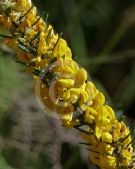
Plant of the Day
Common Aotus
Plant type: evergreen shrub
H: 2m W: 1m
Sunlight: hot overhead sun to warm low sun

Fast Facts
perennials
Soft-wooded perennials mature quickly and reach a predictable height so they can be confidently positioned where they wont need pruning.
Recently added perennials articles
Most viewed perennials articles
Get the Plant Selector's full features plus news, forums & competitions. Sign up, it's free.
Click here for more
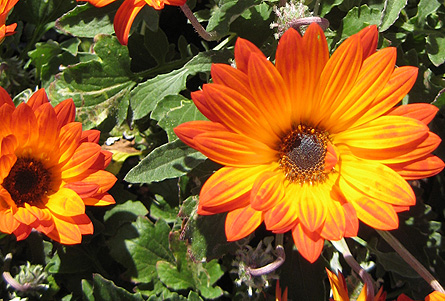
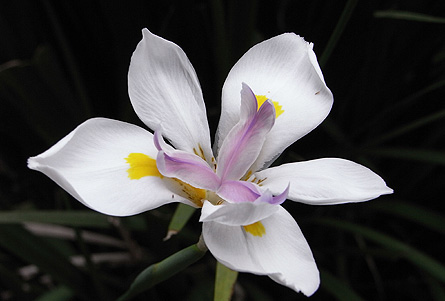
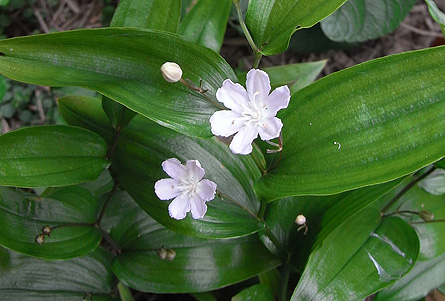
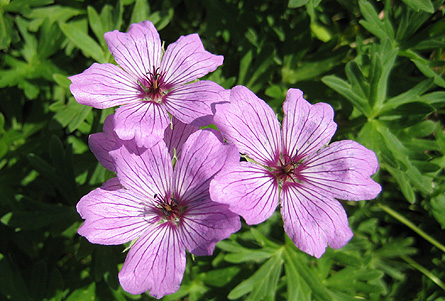





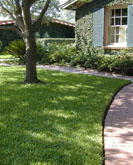

You must be a member to share: Login or Register